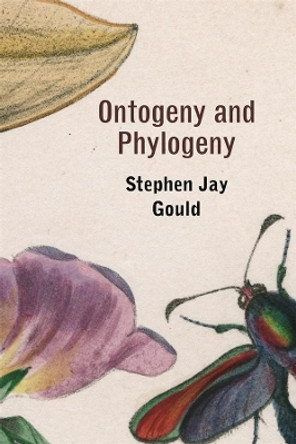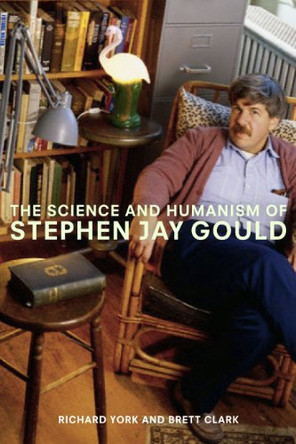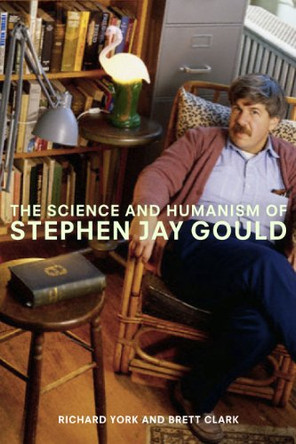Description
In 1972 Stephen Jay Gould took the scientific world by storm with his paper on punctuated equilibrium, written with Niles Eldredge. Challenging a core assumption of Darwin's theory of evolution, it launched the career of one of the most influential evolutionary biologists of our time--perhaps the best known since Darwin.
Now, thirty-five years later, and five years after his untimely death, Punctuated Equilibrium (originally published as the central chapter of Gould's masterwork, The Structure of Evolutionary Theory) offers his only book-length testament on an idea he fiercely promoted, repeatedly refined, and tirelessly defended. Punctuated equilibrium holds that the great majority of species originate in geological moments (punctuations) and persist in stasis. The idea was hotly debated because it forced biologists to rethink entrenched ideas about evolutionary patterns and processes. But as Gould shows here in his typically exhaustive coverage, the idea has become the foundation of a new view of hierarchical selection and macroevolution.
What emerges strikingly from this book is that punctuated equilibrium represents a much broader paradigm about the nature of change--a worldview that may be judged as a distinctive and important movement within recent intellectual history. Indeed we may now be living within a punctuation, and our awareness of what this means may be the enduring legacy of one of America's best-loved scientists.
About the Author
Stephen Jay Gould was Alexander Agassiz Professor of Zoology at Harvard University and Vincent Astor Visiting Professor of Biology at New York University. A MacArthur Prize Fellow, he received innumerable honors and awards and wrote many books, including Ontogeny and Phylogeny and Time's Arrow, Time's Cycle (both from Harvard).
Reviews
In a brilliant move, Belknap Press has posthumously extracted a single chapter--number nine--from The Structure of Evolutionary Theory and published it as a stand-alone book, Punctuated Equilibrium. It's a testimony to the density of the work that a single chapter is sufficient to make a complete and thorough book on its own. The publisher has simply cut away the first 745 pages and the last 318 of the original. What's left is a text that is sharply focused on the theory for which Gould and his colleague Niles Eldredge are best known. It works beautifully...Gould documents the evidence for his controversial theory and its implications in impressive detail. The book is rich in data and dense in theory, representing a powerful summary of the arguments...Gould, in his typically immodest way, suggested that the theory of punctuated equilibrium could tell us about much more than the rate of evolution, and that it pointed to a whole new hierarchy of evolutionary phenomena. He proposed that the discipline of evolutionary biology should be expanded to accommodate new ideas that he, in part, had established. Inevitably that raised hackles. Yet critics and proponents must read his ideas. This sharp, detailed extract from his last great work offers an essential summary. -- P. Z. Myers * New Scientist *
The untimely death of Stephen Jay Gould deprived the world of a superb writer and popularizer of important events and processes in biology. But Gould was also a genuinely original thinker, capable of challenging even basic tenets of Darwinian notions of evolution. This latest posthumous volume, which was the central chapter of his magnum opus, The Structure of Evolutionary Theory, argues that Darwin's theory of a steady continuum of evolutionary progress was incorrect. Rather, Gould posits, most species have originated during punctuated geologic moments, and persisted through the periods of stasis that followed. Just as, more than a century ago, quantum theory proved that in physics, things sometimes moved forward in spurts, Gould intuited that this was also true for aspects of evolutionary biology. * Atlantic Monthly *
Book Information
ISBN 9780674024441
Author Stephen Jay Gould
Format Paperback
Page Count 408
Imprint The Belknap Press
Publisher Harvard University Press
Dimensions(mm) 229mm * 152mm * 17mm







